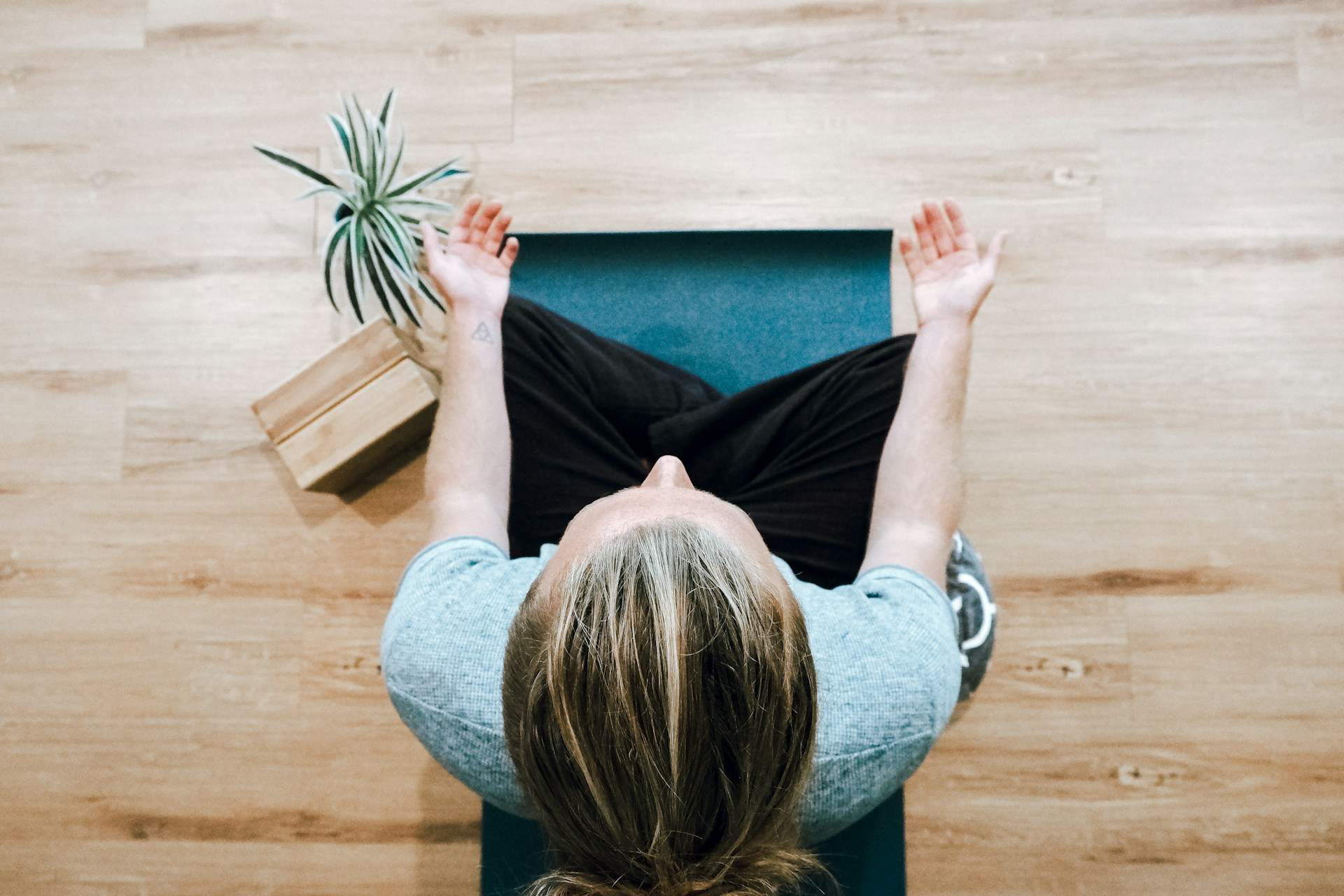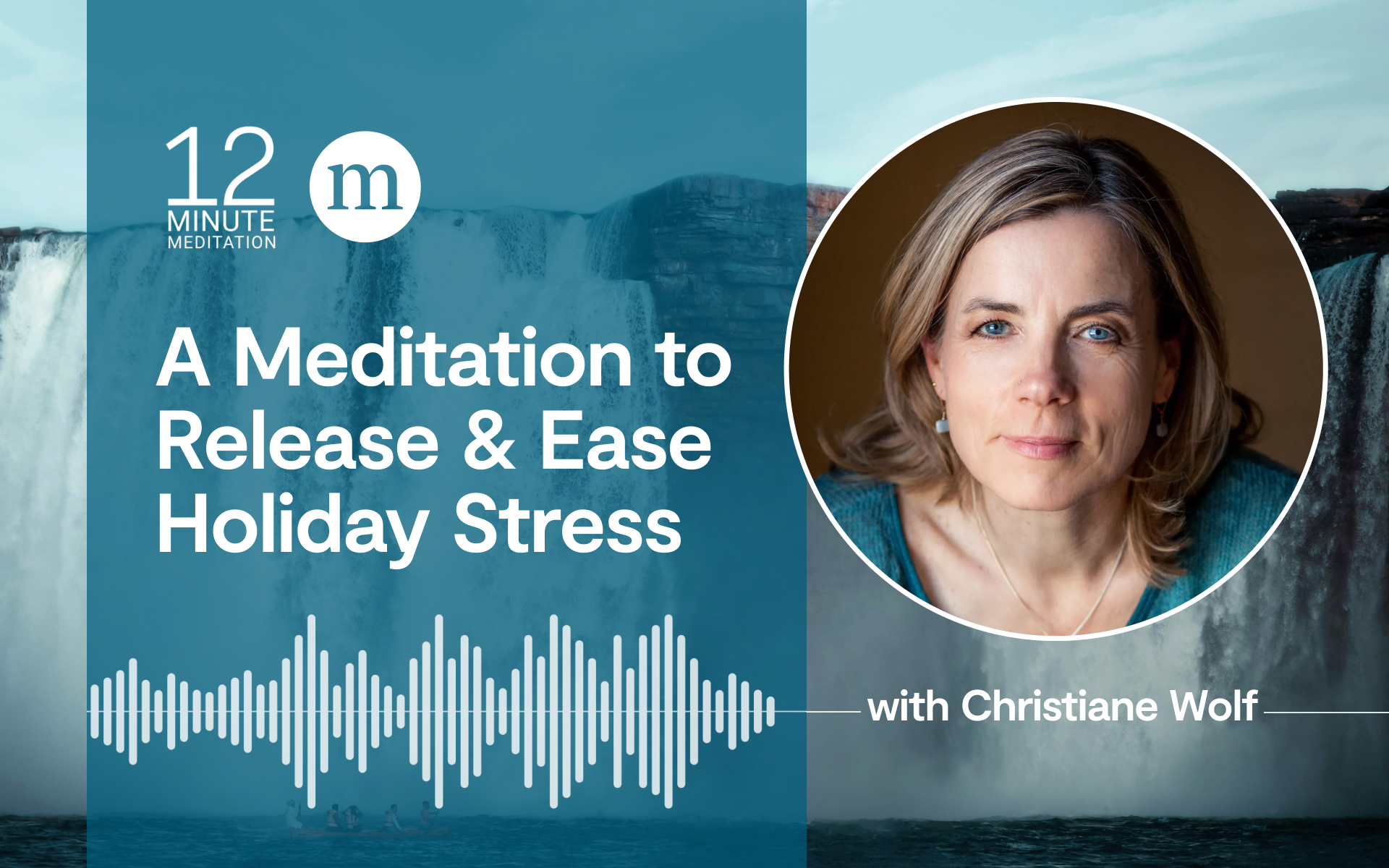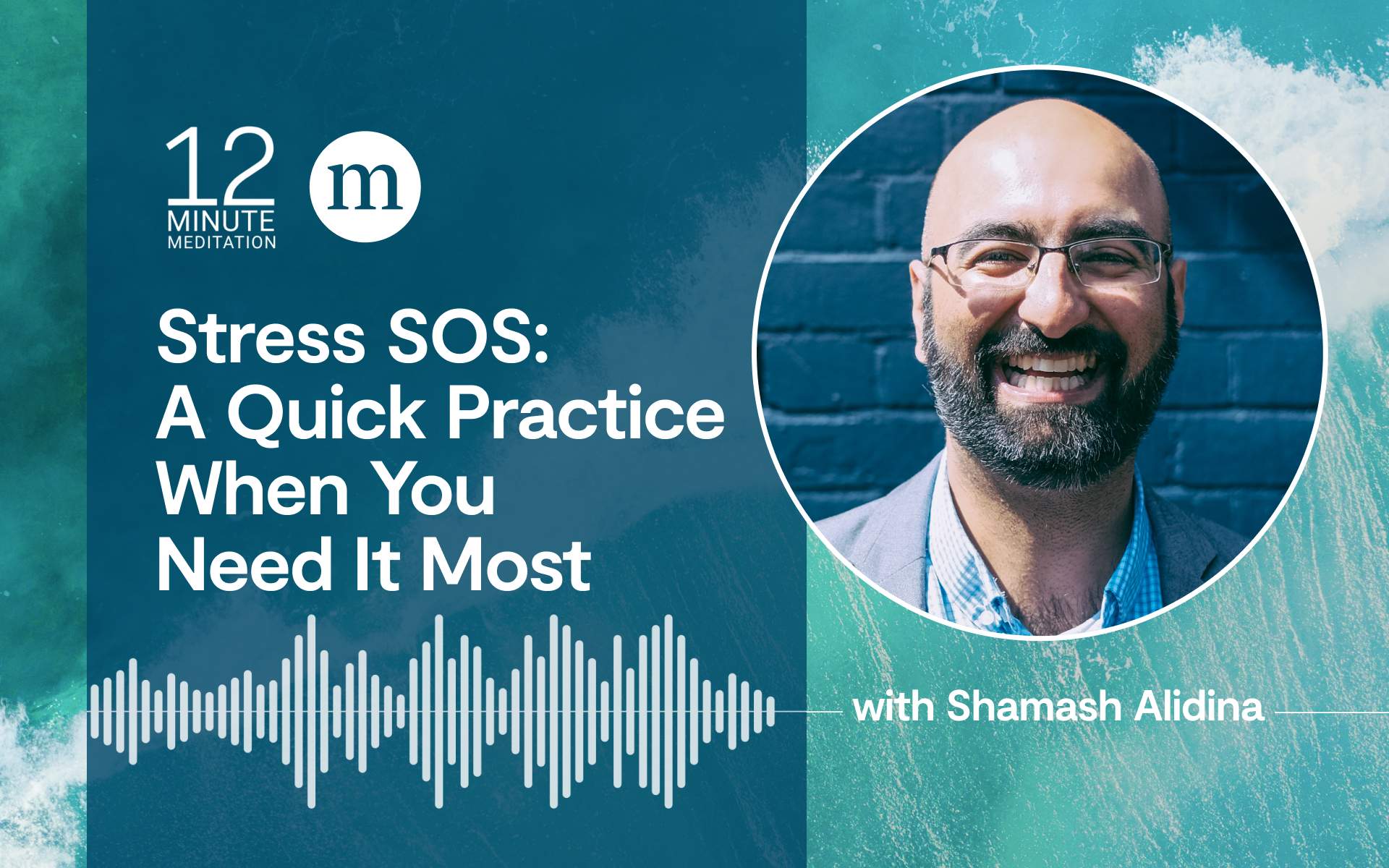When it comes to learning a mindfulness meditation practice, or learning anything new for that matter, it helps to bring in some visual representations. Here’s the latest meditation infographic from the Garrison Institute.
Get all 10 tips below, or click here for the Garrison Institute’s page. Plus, if you’d like a full description of each step, just scroll down.

10 Steps to Start Your Mindfulness Meditation Practice
- Create time and space. Choose a regular time each day for mindfulness mediation practice, ideally a quiet space free from distractions.
- Set a timer. Start with just five minutes, and ease your way up to 15-40 minutes.
- Find a comfortable sitting position. Sit cross-legged on the floor, on the grass, or in a chair with your feet flat on the ground. You can also lie down, or find some other position to accommodate mobility or pain issues. The best mindfulness meditation practice is one that works for you and your body’s needs.
- Check your posture. Sit up straight, hands in a comfortable position. Keep neck long, chin tilted slightly downward, with your tongue resting gently on the roof of your mouth. Relax your shoulders. Then, close your eyes or use a soft gaze downward 5-10 feet in front of you.
- Take a deep breath. Deep breathing in any mindfulness meditation practice helps settle the body, relax the nervous system, and establish your presence in the space.
- Direct your attention to the breath. Focus on a part of the body where the breath feels prominent: nostrils, back of throat, diaphragm, chest. Keep one focus; try not to switch.
- Maintain attention to your breath. As you inhale and exhale, focus on the breath. If attention wanders, that’s okay. It’s normal for this to happen in any mindfulness meditation practice, even for people who have been doing it for decades! Simply return to the breath. When thoughts come in, which they will, think of them as floating by. Don’t get “hooked” on them—just let them float by and return your attention to your breath.
- Keep repeating steps 6-7 for as long as you like. Your mind will wander. Just keep bringing it back to the breath. Think of it like reps in weight lifting: getting distracted isn’t bad, and you’re not doing it wrong, and every time you bring your attention back, you’re actually training and strengthening your focus.
- Be king to yourself. Don’t be upset if your focus occasionally drifts, or if you fall asleep. If it helps, you can keep your eyes open, or adjust your posture to keep you more alert if you need to.
- Prepare for a soft landing. When the timer goes off, open your eyes when you’re ready. Acknowledge your practice with gratitude.
Looking for more ways to build your own mindfulness meditation practice? Check out Mindful’s Getting Started page.








